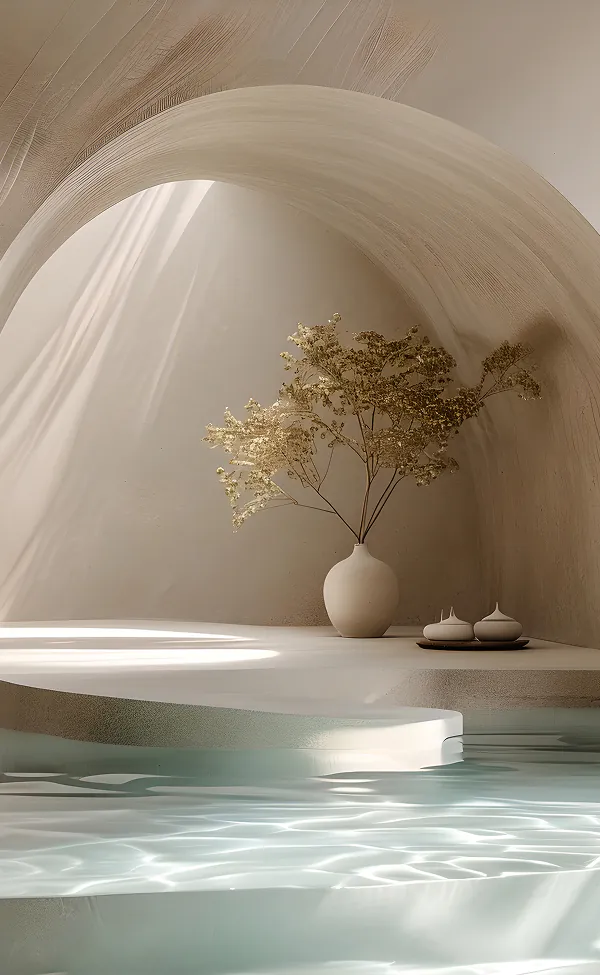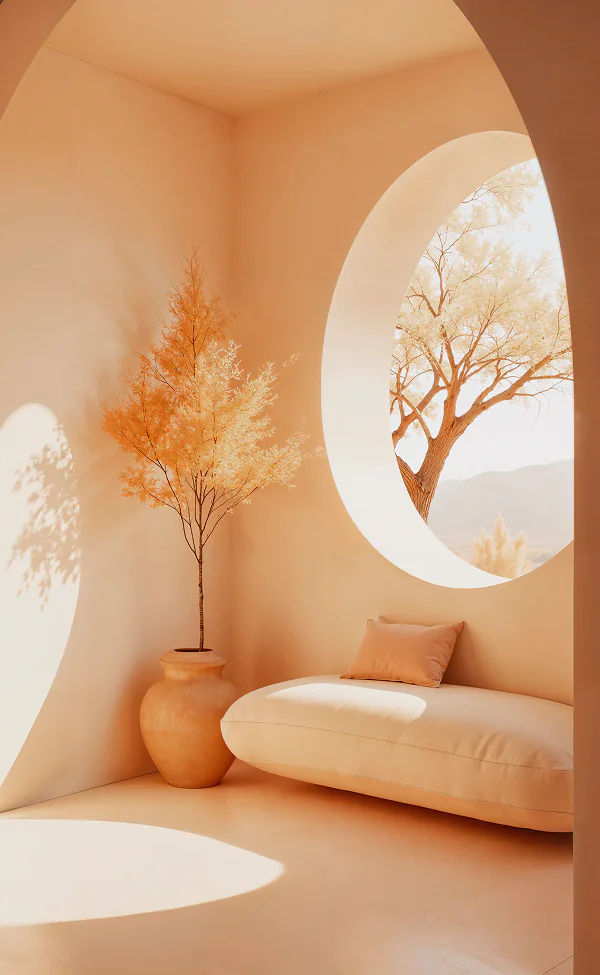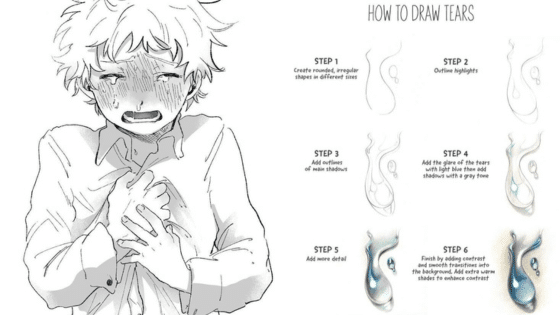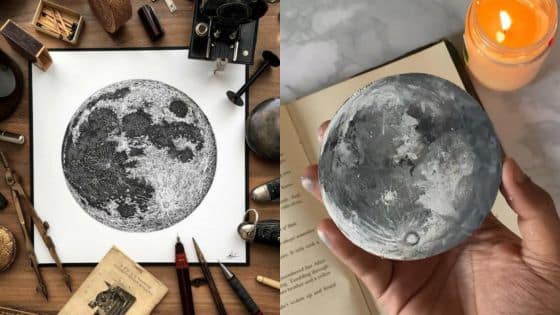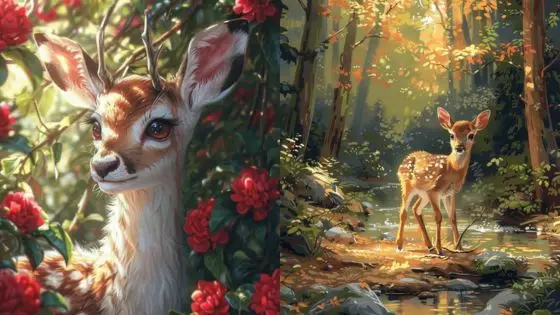Mountains have long inspired artists with their majestic beauty and intricate forms. For those interested in capturing this grandeur on paper, mountain drawing offers a unique opportunity to explore both artistic skill and the natural world. Developing techniques for mountain drawing can help artists create more realistic and compelling representations of these towering landscapes.
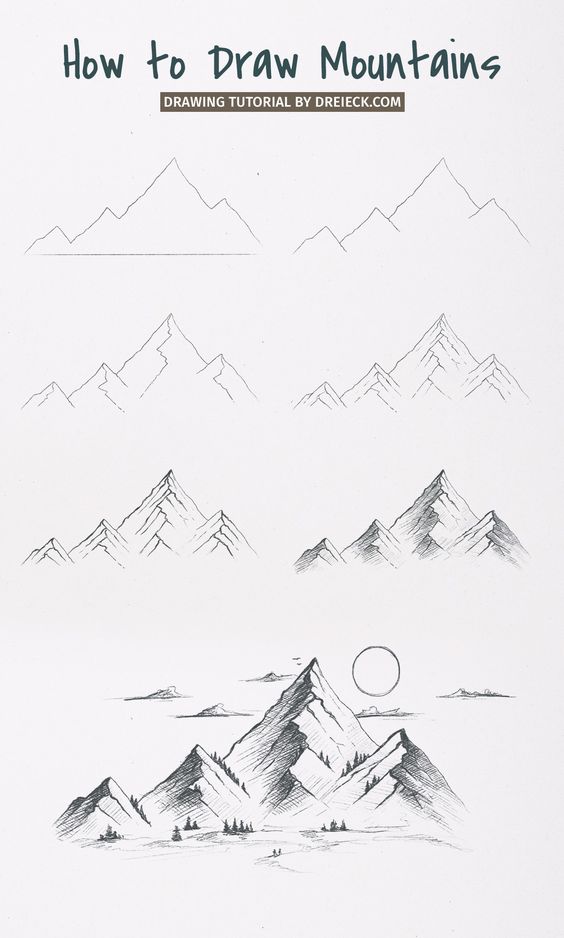
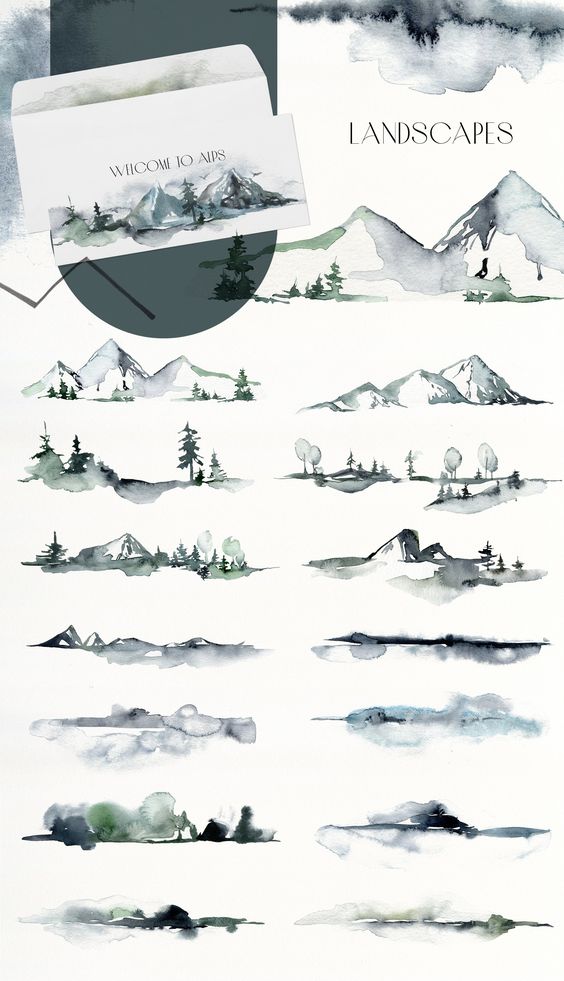
Many artists find that studying the shapes, colors, and textures of mountains enhances their understanding of perspective and composition. By learning how to simplify complex forms, they can convey the essence of mountains in their artwork. Engaging with different drawing methods can also lead to a deeper appreciation of nature’s artistry.
Whether one is a beginner or an experienced artist, mountain drawing can serve as a fulfilling creative outlet. This exploration into techniques and styles will provide valuable insights for anyone looking to improve their artistic abilities while celebrating the splendor of mountains.
Understanding Mountain Anatomy
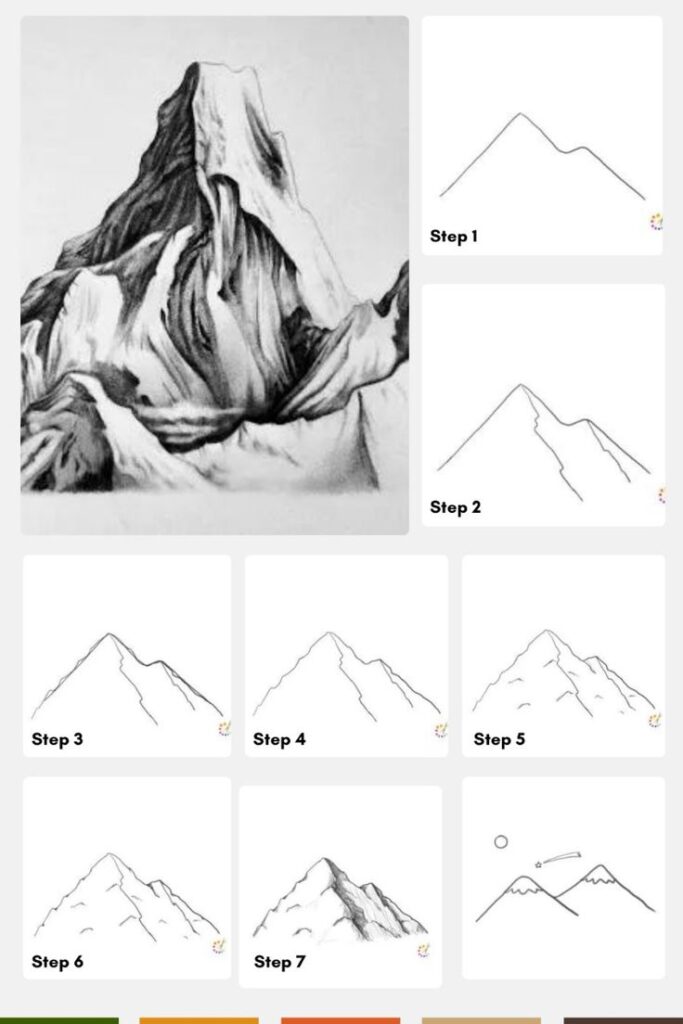
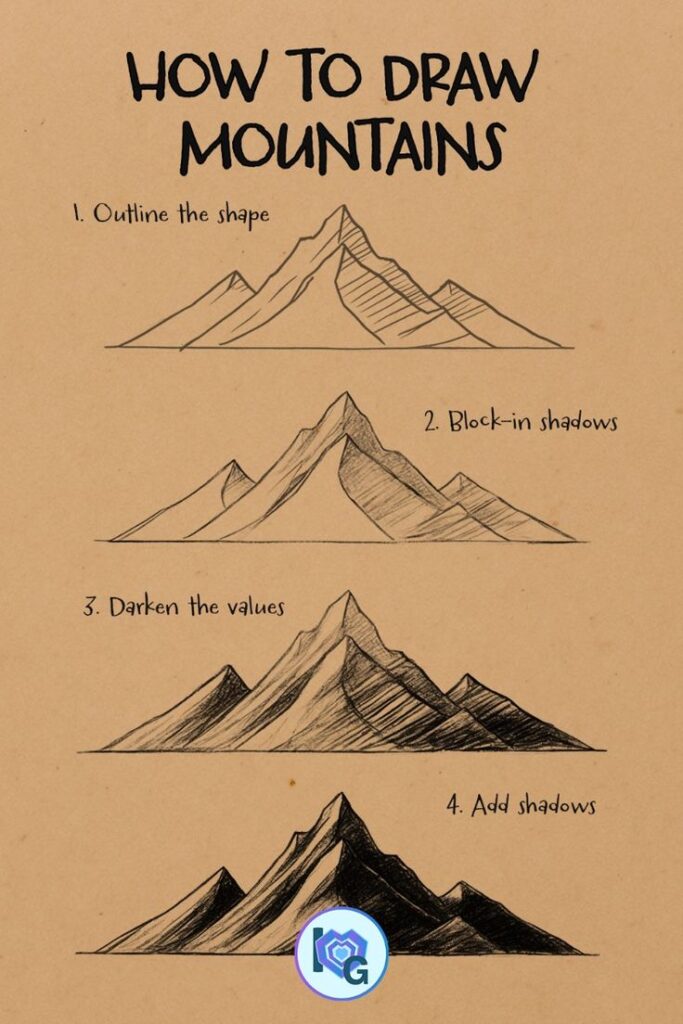
Mountains are complex landforms with various characteristics that play a crucial role in their appearance and structure. Key elements include their geometric shapes, formations, and the types of rocks that compose them. This section explores the fundamental aspects of mountain anatomy, styles of mountain ranges, and their rock structures.
Mountain Fundamentals
Mountains are typically formed through tectonic forces that push earth’s crust upward. They can be categorized by their geometric shapes—such as peaks, ridges, and slopes.
Common types include:
- Folded Mountains: Created by the folding of rock layers.
- Fault-block Mountains: Formed by the movement along fault lines.
- Volcanic Mountains: Erupt from magma and exhibit steep slopes.
The shapes of mountains are influenced by their formation process, weathering, and erosion, which carve their features over time. Understanding these fundamentals helps in depicting mountains accurately in art.
Different Styles of Mountain Ranges
Mountain ranges vary in their styles based on their formation and geographic location. Common styles include:
- Himalayan Style: Characterized by towering peaks, primarily formed through collision between tectonic plates.
- Rocky Mountain Style: Known for jagged peaks and steep slopes, created by faulting and erosion in North America.
- Appalachian Style: Features more rounded peaks and has been shaped by extensive erosion over millions of years.
These styles impact not only the visual representation in drawings but also the ecological systems present.
Rock Formations and Structures
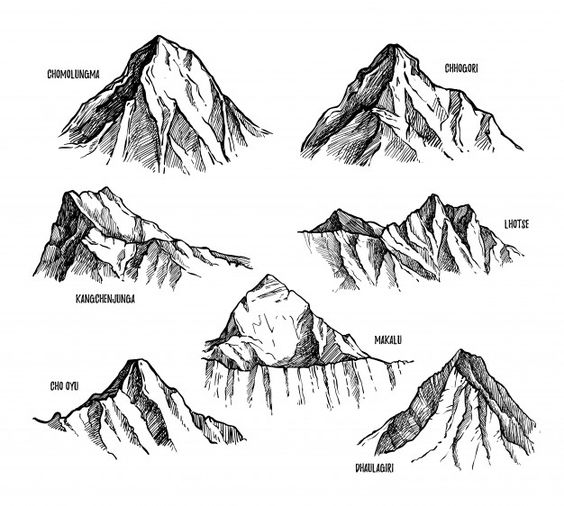

The rock formations within mountains are essential for understanding their anatomy. Common types of rocks include:
- Igneous Rocks: Formed from cooled magma, often found in volcanic mountains.
- Sedimentary Rocks: Created from compressed materials, usually seen in folded ranges.
- Metamorphic Rocks: Resulting from high-pressure conditions, often interlayered with other rocks.
These rock types contribute to the overall structure and stability of mountains. Different formations showcase unique characteristics, such as the stratification seen in sedimentary layers or the crystalline structures of igneous rocks. Recognizing these rock formations aids artists in creating true-to-life depictions of mountain landscapes.
Materials and Tools
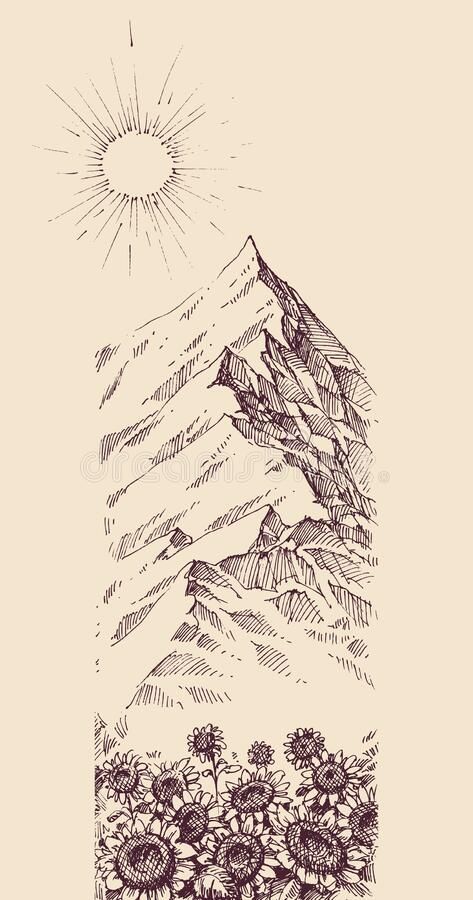
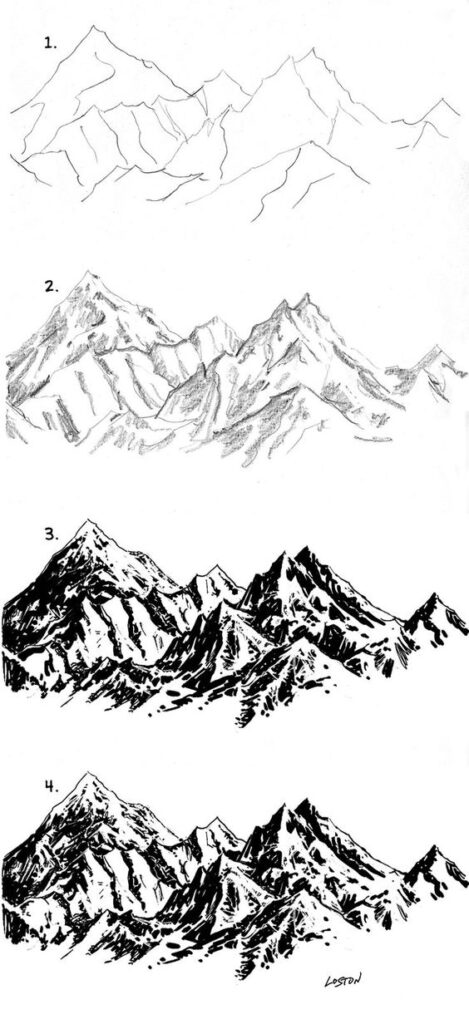
Selecting the right materials and tools is critical for creating effective mountain drawings. This involves considering the type of paper, the kind of pencils and pens, and additional drawing materials that can enhance the artwork.
Choosing the Right Paper
The choice of paper significantly impacts the drawing experience. For mountain sketches, heavy drawing paper is ideal as it can withstand multiple layers of pencil or ink. A weight of 200 gsm or higher is recommended.
Textured papers can add depth and interest to the drawing. It’s useful to select papers that are suitable for various mediums, such as graphite, colored pencils, and ink. Smooth papers work better for detailed sketches, while rough textures lend a more organic feel.
Depending on the drawing medium, artists may prefer watercolor paper for washes or Bristol board for fine details. Testing different papers can help in understanding which best suits individual styles.
Selecting Pencils and Pens
Choosing the right pencils is essential for achieving desired shading and detail. Graphite pencils ranging from H (hard) to B (soft) allow artists to create a range of tones.
- For fine detail, use harder pencils like 2H or H.
- For softer outlines and shading, B or 2B pencils are beneficial.
In addition to pencils, pens can enhance mountain drawings with fine lines and textures. Fine-liners or micro pens in varying nib sizes provide precision.
Colored pencils also contribute vibrancy, allowing for a more dynamic representation of mountain landscapes. Brands like Prismacolor and Faber-Castell offer quality options for blending and layering techniques.
Additional Drawing Materials
Several additional materials can enhance the drawing process. An eraser is crucial; a kneaded eraser allows for gentle corrections without damaging the paper.
Blending stumps or tortillons help in achieving smooth gradients in the landscape. These tools are excellent for creating depth in shading.
For those who want to add more effects, consider water-soluble pencils that can be activated with a brush. This addition allows for washes similar to watercolor techniques.
Finally, a rigid portfolio or folder keeps finished drawings protected and flat, ensuring they maintain their quality over time.
Drawing Basics and Techniques
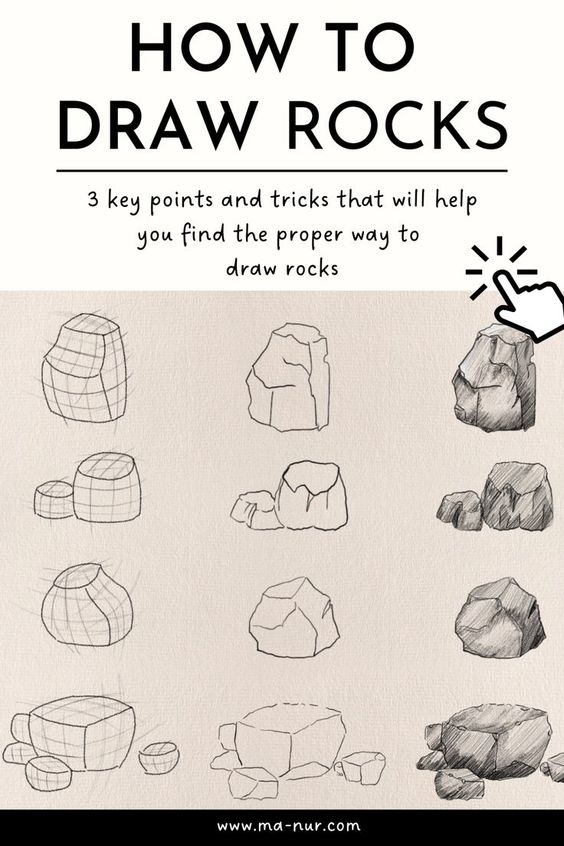

Mastering the basics of mountain drawing involves understanding shapes, shading, and the interplay of light. These foundational techniques allow artists to create realistic and visually appealing mountain landscapes.
Creating Basic Shapes and Outlines
Every mountain starts with basic shapes. Most often, the triangle shape serves as the principal form, representing the peak. To lay the foundation, artists should begin by sketching a triangle, varying its height and width to create different mountain profiles.
Adding rectangles can help depict the base and broader structures of mountains. Once the main shapes are in place, outlines should be refined to mimic the natural contours of the terrain. Irregularities in the outlines help convey the ruggedness of mountain formations. This initial step is crucial for creating a solid structure before moving into more complex details.
Shading and Texture Techniques
Shading adds depth and dimension to mountains. Artists often employ techniques like hatching and cross-hatching to differentiate light and shadow. Depending on the light source, one side of the mountain will appear lighter, while the shadowed side will be accentuated.
For a more realistic rock-like texture, using varied pressure in hatching creates the illusion of rough surfaces. Utilizing gradients during shading can enhance the three-dimensional effect. The key lies in ensuring that the texture flows naturally, reflecting the irregularities found in nature.
Highlight and Shadow Fundamentals
Highlights pinpoint where light touches a mountain, usually on the lighter side of the peak. Using an eraser or lighter pencil shades helps artists effectively mark these areas. Proper placement enhances the overall effect and provides a sense of realism.
Shadows, on the other hand, anchor mountains within the landscape. By observing the light direction, artists can determine where shadows fall, creating contrast with highlights. Balancing these elements is essential for a vivid portrayal. The interplay of light and shadow transforms flat outlines into three-dimensional forms, bringing mountains to life on paper.
Constructing Your Mountain Drawing
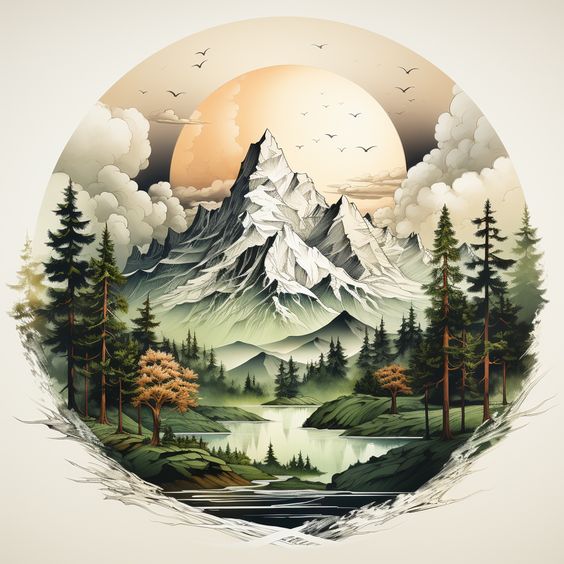
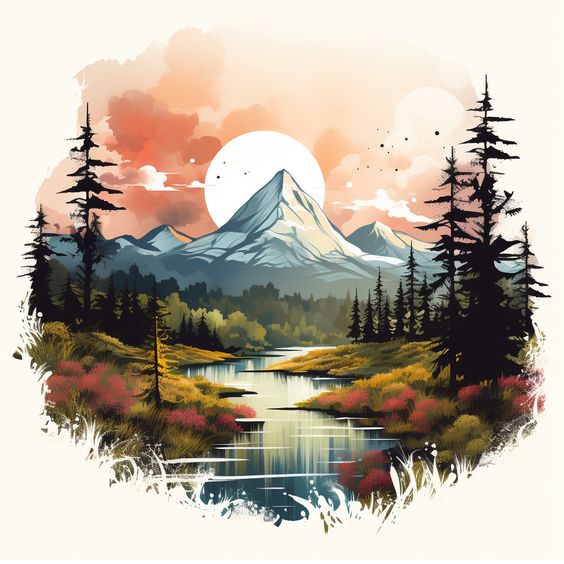
Creating a mountain drawing involves several essential steps. This section covers important techniques for achieving the right perspective, depth, and incorporating details in both the foreground and background.
Step-by-Step Instructions
Sketch the Outline: Begin by lightly drawing the basic shapes of the mountains. Use triangular forms to outline the peaks. Make sure to vary the height and width for a natural look.
Refine the Silhouette: Add more detail to the mountain edges. Indicate slopes and ridges by adjusting the lines. Consider using a reference image to capture realistic shapes.
Layering: Introduce layers to represent distance. Draw larger mountains in the foreground and smaller ones behind. This technique creates depth in the composition.
Texturing: Use short, jagged lines to depict rocky surfaces. Shade areas to simulate shadows, paying attention to the light source.
Finalize the Drawing: Once satisfied with the forms and textures, darken the final lines. Erase unnecessary sketches to clean up the image.
Capturing Perspective and Dimension
To achieve depth in a mountain drawing, utilizing perspective is key. There are two primary techniques to consider:
Overlapping Shapes: Place larger mountains in the front while smaller ones recede into the background. This layering effect emphasizes scale and distance.
Atmospheric Perspective: Use lighter shades and softer lines for distant peaks. Desaturating colors creates an illusion of haziness, mimicking real-life distances.
Incorporate these techniques while ensuring proportions remain natural. Mountains closer to the viewer should appear more detailed and larger compared to those far away.
Foreground and Background Details
Details enhance the drawing’s realism. In the foreground, add elements like trees or bushes to create interest. Use varied sizes and shapes to suggest diversity in the landscape.
For the background, include clouds or birds to convey scale. These smaller details will contrast with the larger mountains and provide visual balance.
Additionally, consider the use of color. Background mountains can be shaded in blues or grays, while foreground elements can feature warmer tones. This contrast improves the overall depth and dimensionality of the drawing.
Adding Environmental Elements
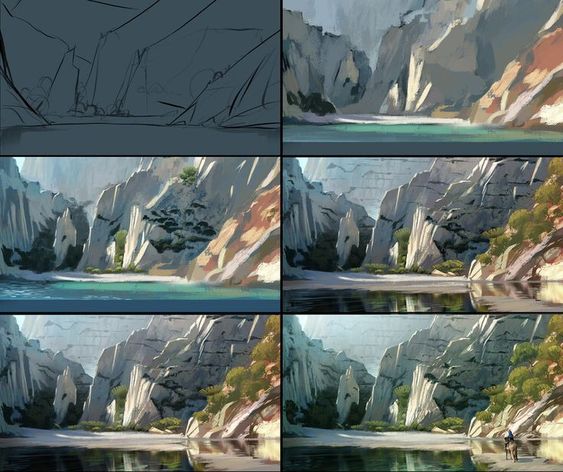
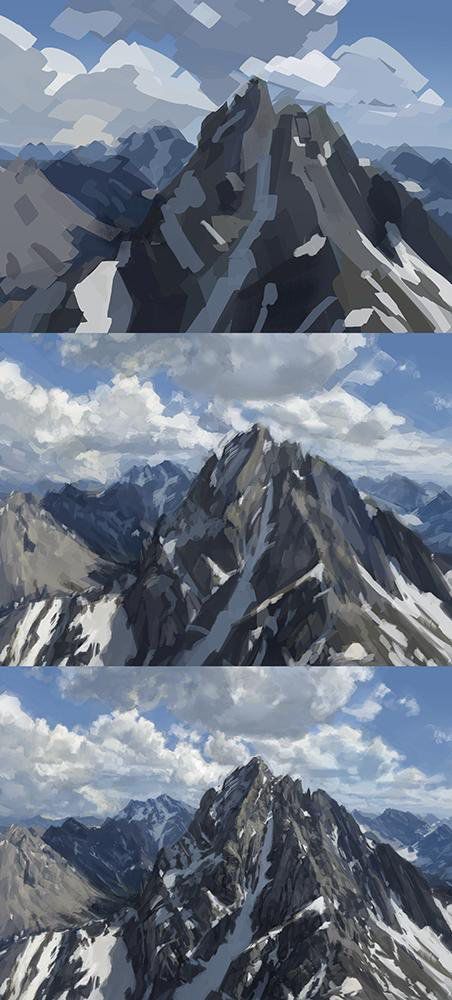
Incorporating environmental elements enhances the depth and realism of mountain drawings. Key aspects include trees, bodies of water, and atmospheric conditions, which contribute to the overall composition and mood of the landscape.
Incorporating Trees and Vegetation
When adding trees to a mountain drawing, consider the type and placement of each tree. Evergreen trees are prevalent in mountainous regions, offering textures and colors that complement rocky surfaces.
To effectively depict trees:
- Use various heights and sizes to create a natural look.
- Apply different shades of green to reflect sunlight as it hits the foliage.
- Consider the distance; larger trees can be placed in the foreground, while smaller ones appear in the background.
Incorporating varied vegetation, such as shrubs and grasses, further enriches the scene. This complexity adds visual interest and breaks up large expanses of rock and snow.
Drawing Bodies of Water
Including a lake or river can significantly enhance a mountain landscape. It introduces a reflective element that captures the surroundings, such as the mountain peaks and sky.
Key points for drawing bodies of water:
- Use lighter colors or subtle blues and greens in the water to show reflections.
- Incorporate ripples or waves to suggest movement, which can be effective near the shoreline.
- Position water bodies thoughtfully so they lead the viewer’s eye into the composition.
The interaction between water and mountains creates a dynamic contrast that is visually appealing.
Introducing Weather Elements
Weather elements play an essential role in establishing the atmosphere of a mountain landscape. Clouds, for example, can alter the light quality and mood of the drawing.
When illustrating clouds:
- Vary cloud shapes and sizes to convey movement and depth.
- Use softer, lighter touches for distant clouds while employing darker strokes for those closer to the viewer.
Incorporating sunlight also adds drama. Illustrate how sunlight hits the mountains, casting shadows that emphasize elevations or valleys.
Finally, consider visual effects like fog or mist to create a mysterious ambiance, enhancing the overall visual narrative of the mountain landscape.
Finishing Touches
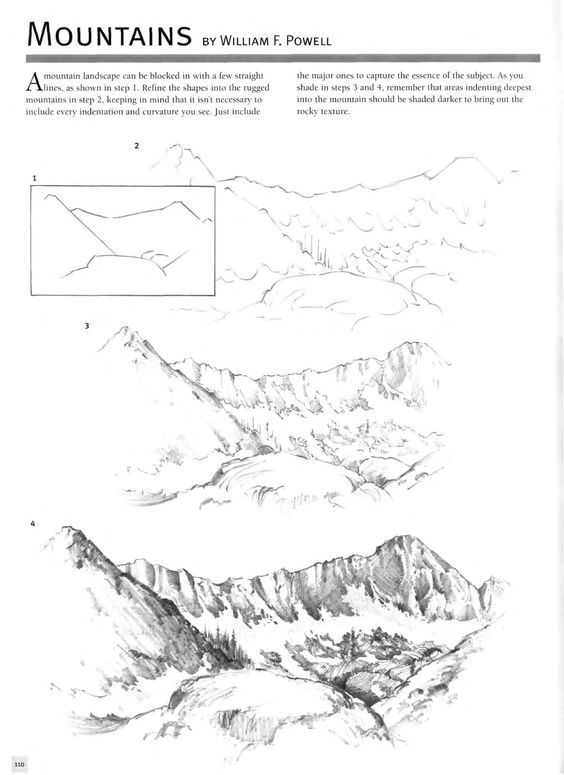
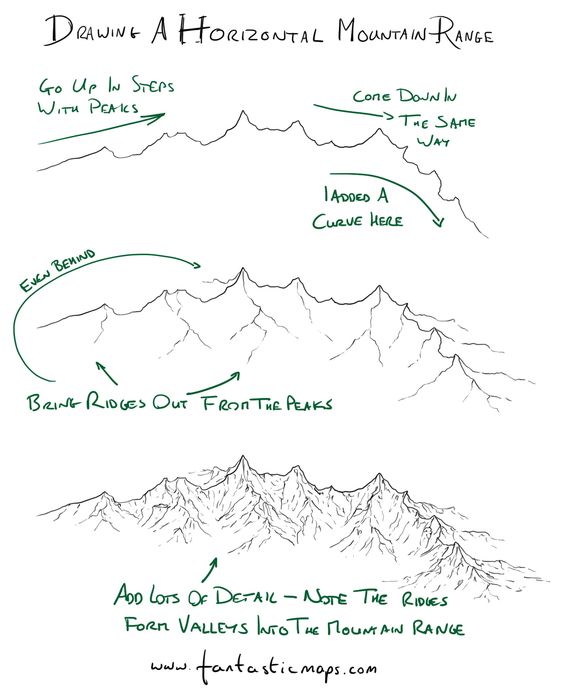
Completing a mountain drawing involves careful attention to layering, proportion, and final adjustments. These elements are crucial to achieving a realistic and well-composed piece.
Layering and Detailing
Layering is essential in creating depth in mountain drawings. Artists should begin by establishing a base layer with softer pencil strokes. This helps in building the foundation for subsequent layers.
Adding details such as ridges and contours enhances texture. Using a variety of pencil grades can create a realistic look. For instance, softer pencils are suitable for shading while harder pencils can define sharper lines.
Changing the pressure on the pencil can also add dimension. Light strokes can depict snow caps, while darker tones can make the rocky structure stand out.
Assessing Proportions and Balance
Evaluating proportions is vital for achieving a realistic mountain drawing. Artists should compare the sizes of different elements, such as peaks and valleys, to maintain balance.
They can use a grid method or visual markers to assess dimensions. This helps to ensure that the drawing does not distort the realistic look of the mountains.
Consider the relationship between foreground elements and the backdrop. A well-balanced composition often features mountains with varying heights, inviting the viewer’s eye to traverse the drawing naturally.
Final Review and Adjustments
A final review allows the artist to spot areas of improvement. This involves stepping back and analyzing the overall structure of the mountain drawing.
Artists should carefully check for any inconsistencies in proportion or depth. Erasing certain parts might be necessary to refine shapes or deepening shadows enhances contrast.
Making small adjustments to details can significantly elevate the realism. Paying attention to the interplay of light and shadow further enriches the artwork, resulting in a more captivating piece.
Tips for Effective Practice
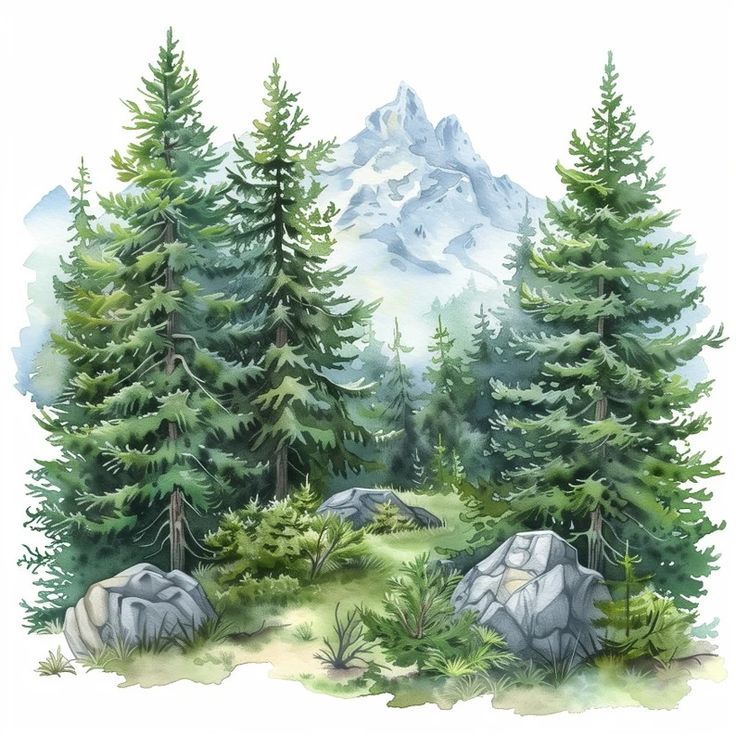
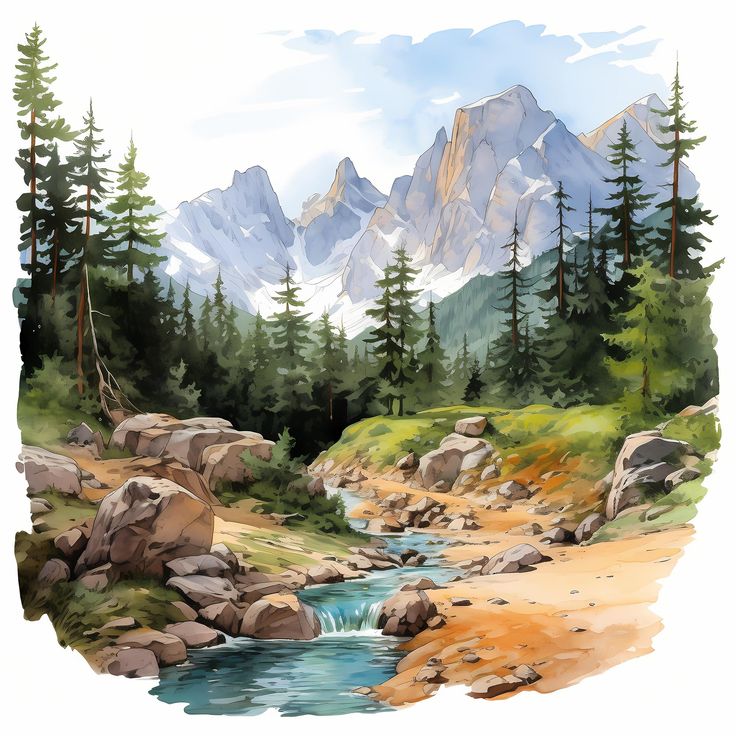
To improve mountain drawing skills, beginners should follow these straightforward tips.
Daily Draw
Setting aside time each day to draw mountains helps to build consistency. Even short sessions can be beneficial for progress.
Use Step-by-Step Tutorials
Finding step-by-step tutorials can guide artists through the drawing process. These resources break down complex forms into manageable parts.
Practice with a HB Pencil
An HB pencil provides a good balance of hardness and softness. It allows for clear lines while enabling shading techniques without excessive darkness.
Experiment with Different Styles
Encouraging experimentation with various artistic styles fosters creativity. Artists can try realism, abstract, or cartoonish renderings of mountains.
Focus on Composition
Understanding composition is essential. Artists should practice arranging mountains in a scene to create depth and perspective.
Study Reference Images
Using reference images can significantly improve accuracy. By analyzing different mountain shapes and contours, artists can learn better representation techniques.
Keep a Sketchbook
Maintaining a sketchbook allows for progress tracking. Reviewing older drawings can help identify areas that need improvement.
Join Online Communities
Participating in online art communities can provide valuable feedback. Engaging with fellow artists fosters growth and motivation.
Advanced Drawing Techniques
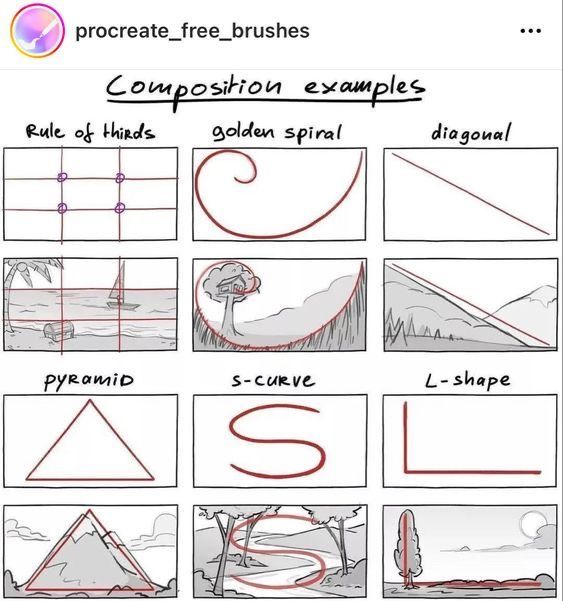
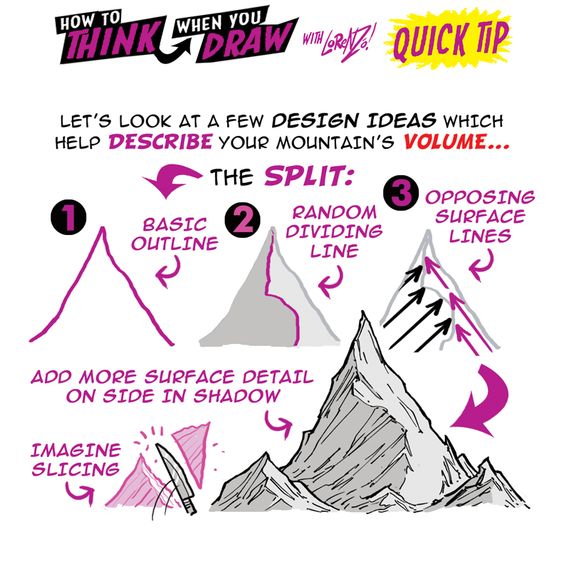
In advanced mountain drawing, artists focus on mastering complex landscapes and experimenting with various styles and mediums. These techniques enhance the depth and detail of mountain sketches, allowing for more dynamic representations.
Mastering Complex Landscapes
To effectively draw mountains, one must understand the principles of perspective and scale.
- Foreground, Midground, Background: Place larger and more detailed mountains in the foreground for impact, while using lighter and smaller shapes for those in the background.
- Texture and Details: Use varied pencil strokes or brush techniques to depict different surfaces, such as rocky outcrops or smooth slopes. Incorporating texture enhances realism.
Additionally, capturing light and shadow is vital. The play of light creates depth. Artists should study how light interacts with mountain ranges during different times of day.
Incorporate these elements into sketches to create compelling scenes.
Experimenting with Styles and Mediums
Exploring different styles expands artistic expression in mountain drawing.
- Realism: Focused on depicting mountains as they exist in nature. Pay attention to color, light, and texture.
- Impressionism: Emphasizes the essence and atmosphere rather than exact details. Utilize loose brush strokes and vibrant colors to capture mood.
- Abstract: Use shapes and colors to represent mountains, moving away from realism while conveying emotion.
Mediums also play a significant role. Graphite for detail, watercolors for soft washes, or acrylics for bold color applications can yield striking results.
Incorporating mixed media can add depth, allowing artists to layer textures or incorporate different colors. Experimentation leads to unique expressions and innovative mountain sketches.
- 16.5Kshares
- Facebook0
- Pinterest16.5K
- Twitter0
- Reddit0





